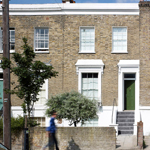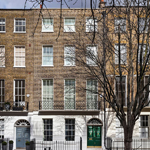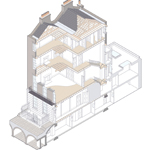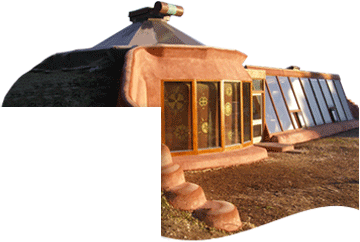Solid wall insulation webinar




Lots of old and historic housing in Brighton & Hove and other places has large areas of uninsulated solid walls.
Solid walls tend to be cold, damp and a significant area of heat loss.
This webinar is by leading low energy architect Bob Prewitt who looks at how we can treat solid walls. The webinar was recorded as part of Eco Open Houses Online.
The webinar is two short films below:
- Talk where Bob discusses solid wall insulation
- Question and answer session.
Outline of solid wall insulation webinar:
- Overview of solid wall insulation
- Difference between internal & external wall insulation
- Pros & cons of each approach
- Benefits & challenges
- Different external wall insulation options
- Different internal wall insulation options
- Options for traditional and historic houses
Solid wall insulation webinar Q&A
Some of the questions asked included:
- In a terraced house, how much do you have to think about the walls with your neighbours? Does it matter how much they are insulated, if your neighbour is also heating their home?
- Do you have any advice on what may be substituted for insulated studs, if they are no longer available?
- Are there any solutions/materials that you may particularly recommend in relation to embodied carbon - e.g. carbon used in manufacture?
- Is there any point of just insulating the walls without getting below the floor boards and so not making rooms air tight?
Speaker biography:
Bob Prewett is a director at Prewett Bizley architects. Bob has pioneered deep retrofit strategies on a wide range of house types, from different periods. His research shows that deep low energy reduction is achievable alongside architectural and conservation ambitions. He is a certified Passivhaus designer and sits on the Sustainable Traditional Buildings Alliance expert panel.
As well as being a practitioner, he teaches on the Retrofit Academy Retrofit Coordinator course and contributes to guidance such as the recently published PAS 2035.





